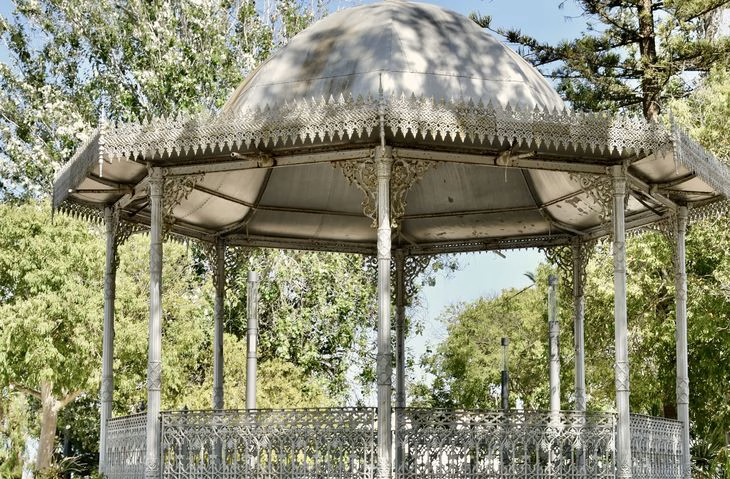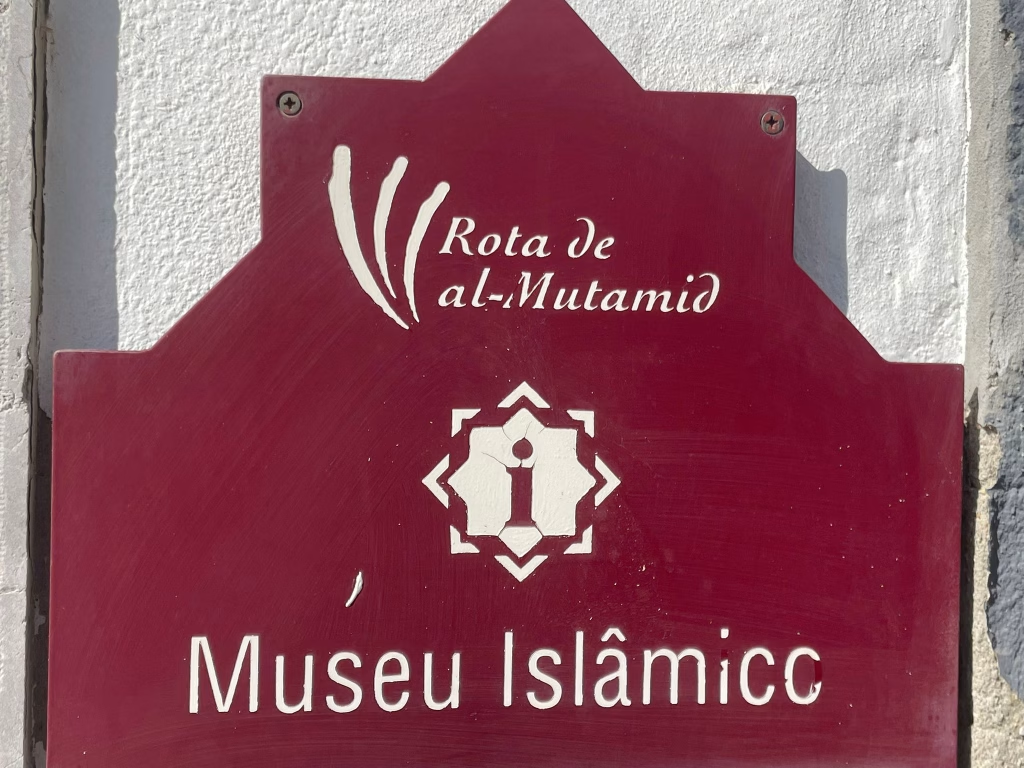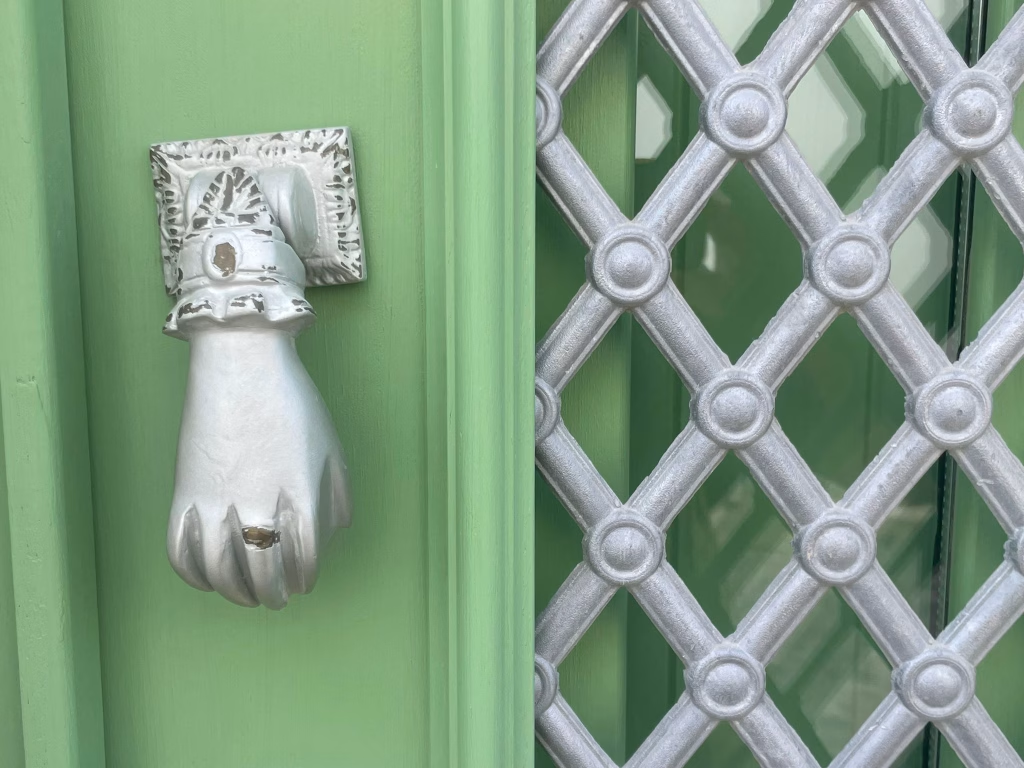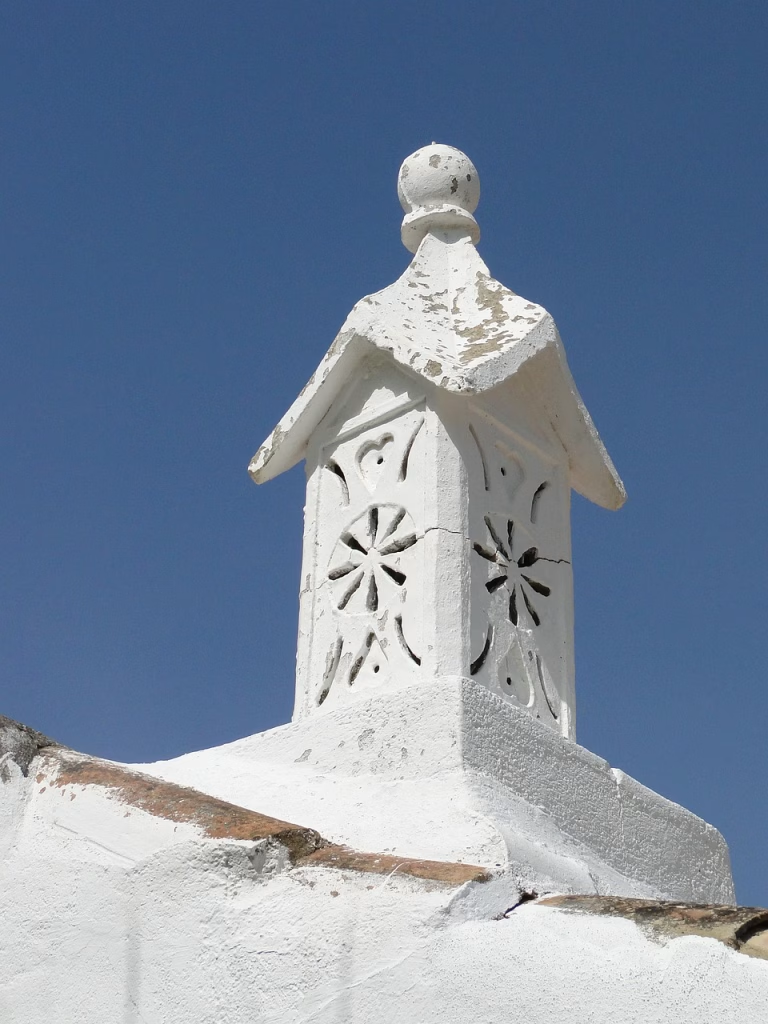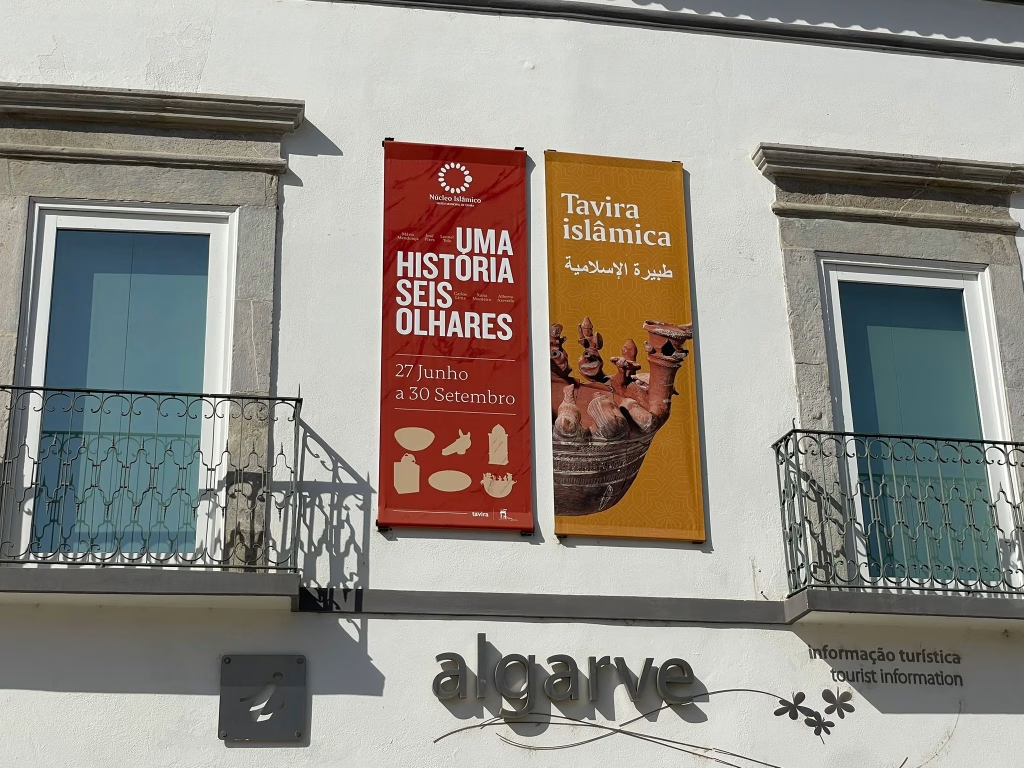In the heart of Tavira, just a stone’s throw from the Roman Bridge, lies a peaceful escape where locals sip espresso, grandparents chat in the shade, and children chase pigeons past azulejo-tiled benches. Welcome to Jardim do Coreto —Tavira’s oldest public garden and one of its quietest joys.
Whether you’re in town for a weekend or staying longer, this little green square deserves a slow visit.
💚 A Garden With History
Jardim do Coreto dates back to the late 19th century , when public gardens began popping up across Portugal as peaceful civic spaces. Tavira’s version still holds onto its old-world charm, with wrought-iron lamps , a vintage bandstand (coreto) , and a leafy layout that offers cool shade on warm afternoons.
The garden has been lovingly maintained and slightly modernized—benches are freshly painted, the flowerbeds rotate seasonally, and there’s even a small fountain tucked between palms and pine trees. But it never feels overly curated; it’s as if time moves slower here.
☕ A Place to Pause
The garden faces the Ribeira Market Hall (Mercado da Ribeira) and sits between two of Tavira’s best riverside viewpoints. It’s a natural spot to:
- Enjoy a pastel de nata from a nearby bakery
- Read a book under a jacaranda tree
- People-watch as locals pass by on their way to the Roman Bridge
- Catch a live band during festival weekends (yes, the bandstand is still in use!)
Parents love it because there’s space for toddlers to roam safely, and the benches offer welcome rest between longer sightseeing strolls.
🎨 Azulejos, Arches & Anchors
Take time to admire the historic tilework embedded into the seating—some depict rural life, others the nearby sea. There’s even a nod to Tavira’s fishing history, with anchor motifs and ship imagery hiding in plain sight.
At the garden’s edge, you’ll spot the gentle curve of the Gilão River —a photographer’s dream in the golden hour. Keep walking and you’ll reach the Praça da República in under a minute.
🌺 Practical Tips
- Where : Across from Mercado da Ribeira, along the Avenida Dr. Mateus Teixeira de Azevedo
- When to visit : Early mornings for peace; late afternoons for golden light and people-watching
- Nearby cafés : Try Padaria Vila Doce or A Casa, both just steps away for takeaway snacks or quick lunches
- Public WC : Located just outside the Mercado or in the Praça
🌞 Why We Love It
Jardim do Coreto may not shout for attention—but it doesn’t have to. It’s the kind of place where you’ll see a 90-year-old man reading the Jornal do Algarve, a teenager strumming a guitar, and a tourist like you smiling quietly, feeling oddly at home.
Sometimes, Tavira’s best surprises are the still ones.
🎶 Jardim do Coreto as well: Music, Dance & Local Festivals
Throughout the warmer months, Jardim do Coreto transforms into a vibrant cultural stage—welcoming residents and visitors with music, dance, and festivity under the shade of palm trees and the old iron bandstand.
- 🎤 Fado no Coreto returns every summer from mid‑July to late August . Emerging fado singers like Pedro Viola , Helena Candeias , Inês Gonçalves , Melissa Simplício and Sara Gonçalves take turns at the bandstand, bringing the emotional intensity of traditional fado to this intimate garden setting—part of Tavira’s official “Verão em Tavira” cultural programme.
- 💃 For the last years , the garden also hosts two Grand Summer Balls , celebrating generational conviviality and popular culture. These include live dance orchestras performing beloved Portuguese and Latin rhythms, inviting everyone—young and old—to dance on warm July nights under the open sky.
- 🎪 During spring, the leafy garden becomes a central spot for Mostra da Primavera , Tavira’s Spring Show. In April, Jardin do Coreto welcomes accordion shows , folk dance performances from local ranchos, puppet theatre, musical acts like the Banda Musical de Tavira , and community showcases that bring artisanal crafts and tradition together in one festive place.
Whether it’s the soulful strains of fado or the lively steps of a village dance, Jardin do Coreto pulses with Tavira’s cultural heartbeat all year round.

